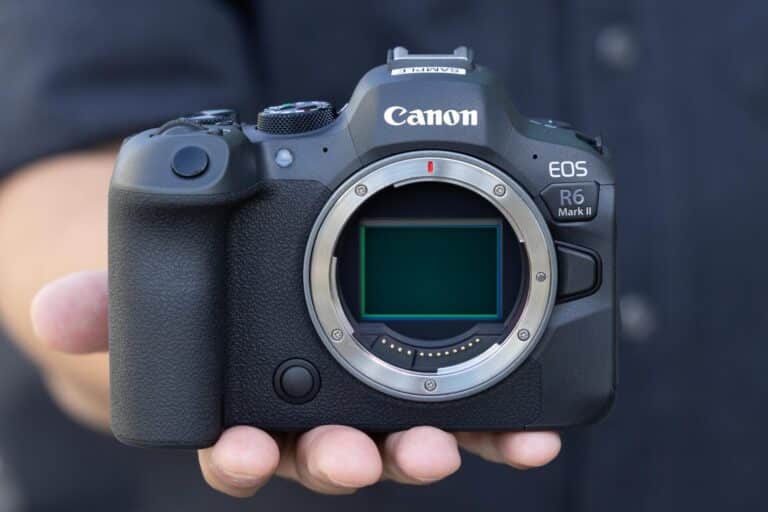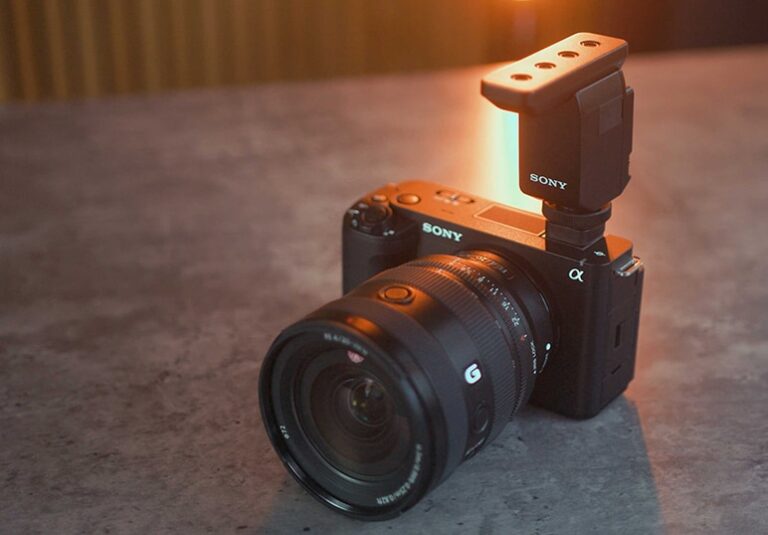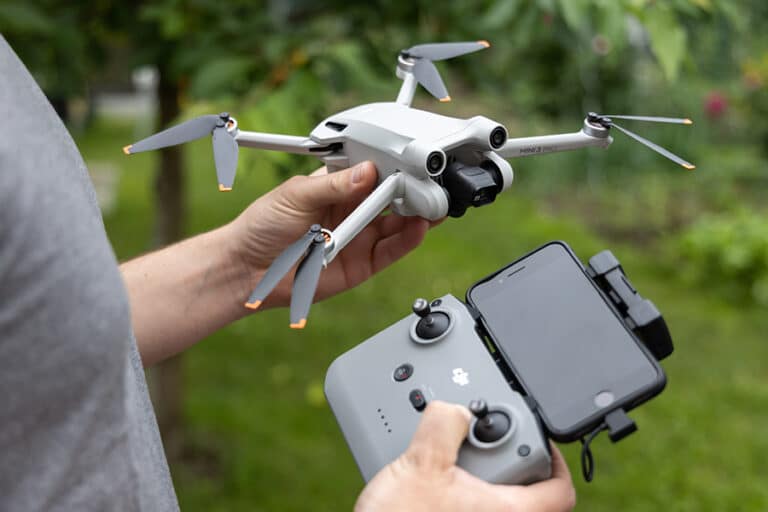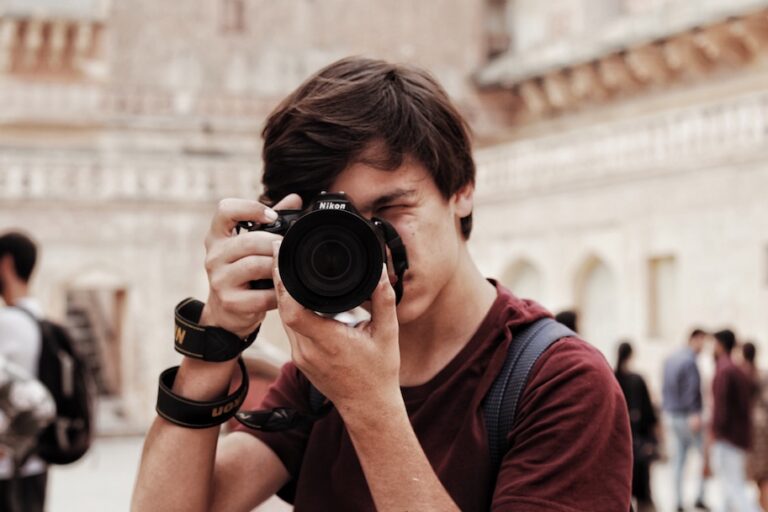Demystifying Camera Lenses: Understanding Focal Lengths, Aperture, and Lens Types
With regards to photography, zeroing in on the right components assumes a colossal part. A sharp item is the main thing that comes to the notification of the natural eye. Every one of the unfocused components are viewed as foundation or other improving components for a picture. You’ll have to zero in on the right article with the right opening utilizing the right focal point, and that is the means by which you’ll have the option to catch your ideal item well.
This implies that your focal point is the main piece of the camera, as significant as your own eye for you. The opening and central length you select conclude the manner in which it sees. The consequence of central length is more straightforward to see in the event that you utilize the right focal points, as there’s a significant change when you change starting with one focal point then onto the next.
In this blog, we are demystifying camera focal points and how significant are opening and central length to catch a decent picture. We should make a plunge!
Grasping the Central Length of Camera focal points
Central length is the inclusion between your focal point’s most honed center point and your camera’s sensor while centering your camera to boundlessness.
The computerized camera focal point of the central length of your film decides how much your camera will actually want to catch. In the event that the number is more modest, you’ll have a more extensive point of view and cover a greater amount of the scene, and in the event that the numbers are bigger, you’ll see less, catching a tight point.
How Does Central Length Influence A Picture?
Holy messenger of view
The amount of the view is caught in the picture relies upon the point. As referenced over, the more limited the central length is, the more extensive your picture will be, while a bigger central length will catch a more modest picture.
Profundity
On the off chance that your central length is long, you’ll have the option to concentrate the little items from a distance as it conveys a shallow profundity of field. In the event that your central length has a bigger field of concentration, you’ll have the option to get a more extensive scope of items in center.
Viewpoint
The central length of your focal point can likewise change the size of the picture and your viewpoint. The space between the components of your image has all the earmarks of being extending the viewpoint with a more limited central length. With a zooming focal point, you can pack viewpoint, bringing about stack components in an image.
Picture shake
Picture shake is fundamentally the nature of the picture while pushing down the shade button, which causes the vibration prompting pictures getting hazy. With a stand, you can keep away from this wreck.
Grasping Gap
The opening in a focal point through which the light enters the camera is known as the gap. To add aspects to your photographs, you can do it by controlling the profundity of field. It is extremely famous among picture photographic artists, conveying an astonishing shallow centered impact with an obscured foundation.
How Does The Gap Influence A Picture?
Openness
Each time you change the size of the opening, it adjusts the general power of light that gets inside your camera. In the event that you need a more splendid picture, change the setting to an enormous opening.
Profundity of field
It is essentially the way that sharp your picture shows up from front to back. A few pictures have an out-of-center foundation with a shallow profundity of field, while others have a high profundity of field where both the foundation and forefront give off an impression of being sharp.
You probably saw an opening showed this way on your advanced camera previously. On your viewfinder or LCD screen, your gap will by and large look something like this: f/2, f/3.5, f/8. A few cameras wipe out the slice and demonstrate it with f-stops like this: f2, f3.5, f8.
You might think that it is confounding, however f/2.8 is a bigger opening than f/4 and a lot bigger gap than f/11. It’s a little precarious yet a critical piece of the gap. Novices will generally get astounded by it, yet everything accompanies practice.
Demystifying Camera Focal points
A camera without a focal point is equivalent to a vehicle without fuel. Assuming that you choose to eliminate it, the main thing you’ll catch is white light which will be of no utilization. In the event that you have a less expensive camera, you can in any case catch a decent picture with a greater focal point.
A camera focal point gathers light to a decent point of convergence and carries it to the film strip in a film camera, however in the event that you discuss a DSLR camera, the focal point tosses light to the computerized sensor. Camera focal points are made out of a progression of glass plates that are sunken (bended internal) or raised (bended outward).
The Various Sorts Of Focal points
We will take you through various sorts of camera focal points to cause you to comprehend how they vary from one another.
The Standard Prime Focal point
This focal point conveys a proper central length. To get a 35mm Prime Focal point, you can catch in 35mm. The Excellent Focal point is typically utilized in circumstances when the item is generally fixed, and the client or picture taker can meander around. These incorporate wedding representations, streetscapes, and scenes.
You’ll get top notch pictures and lightweight while getting astounding great evening and low light photographs.
The Long range Focal point
On the off chance that you are meaning to cover an energetic occasion or your area is far away and very close, this focal point will do ponders for your work.
Long range focal points offer different central lengths. For the most part, you could go over a long range focal point that works from 50mm to 200mm.
The Fisheye Focal point
The Fisheye Focal point is generally utilized for view to be caught in a single shot. Land entrepreneurs settle on a Fisheye focal point to catch an entire room in a solitary shot. This can be of no utilization in picture or wedding photography.
The Wide Point Focal point
This focal point works equivalent to it sounds. Prominently utilized in night photography or scene photographs, they really do require a lot of post-altering to stay away from the contortion adjusted in the focal point.
The Zooming Focal point
A zooming focal point offers an astonishing degree of amplification. They are made out of many glass components, what capability more like a telescope. A zooming focal point allows the photographic artist to have close chances of things that are far away.
The Large scale Focal point
To wrap things up is the large scale focal point. You can consider a full scale focal point for a super close-up! At the point when you see a worm in the dirt or the air pocket before it pops, you’re checking a Full scale shot out. These focal points can convey you the best detail for your venture, yet that can be a ton of speculation for a decent focal point.
Interesting points Prior to Purchasing A Camera Focal point.
There are a few critical variables to investigate when you choose to put resources into another camera focal point to guarantee you pursue an educated choice. Here are a few vital perspectives to consider prior to buying a camera focal point:
Compatibility:
Check the similarity of the focal point with your camera body. Different camera brands and models have explicit focal point mounts, so guarantee the focal point you pick is viable.
Focal point Type:
Decide the sort of focal point you really want in light of your photography style and inclinations. Wide-point focal points are great for scenes and design, while zooming focal points are more qualified for untamed life and sports photography. Full scale focal points are intended for close-up shots, and prime focal points offer magnificent picture quality with a decent central length.
Picture Adjustment:
Picture adjustment decreases camera shake, bringing about more keen pictures. This component can be especially significant for zooming focal points or handheld shooting in low light. Conclude whether picture adjustment is critical for your photography needs.
Optical Quality:
Evaluate the generally optical nature of the focal point by understanding audits, checking test pictures, or talking with photographic artists. Search for variables like sharpness, insignificant contortion, and chromatic distortion control.
Budget:
Decide your financial plan and investigate focal points inside that reach. Remember that great focal points can be a drawn out venture, offering better execution and sturdiness.
Future Contemplations:
Consider your future visual desires and how the focal point squeezes into your drawn out objectives. Will you be extending your stuff or updating your camera body? Guarantee the focal point is viable and versatile to likely changes in your hardware.
Wrap Up!
Grasping opening, central length, and what a focal point will mean for your pictures is a gigantic move toward arranging out your excursion as a photographic artist.
There’s something else to concentrate on besides exactly the way that nearby or far the article is from the camera and knowing how every last bit of it connects with your choice to purchase a focal point.
When you completely comprehend the data made sense of above, you will know everything central length, opening, and focal point does to your photographs. Be that as it may, it might take a ton of training to comprehend it totally.






